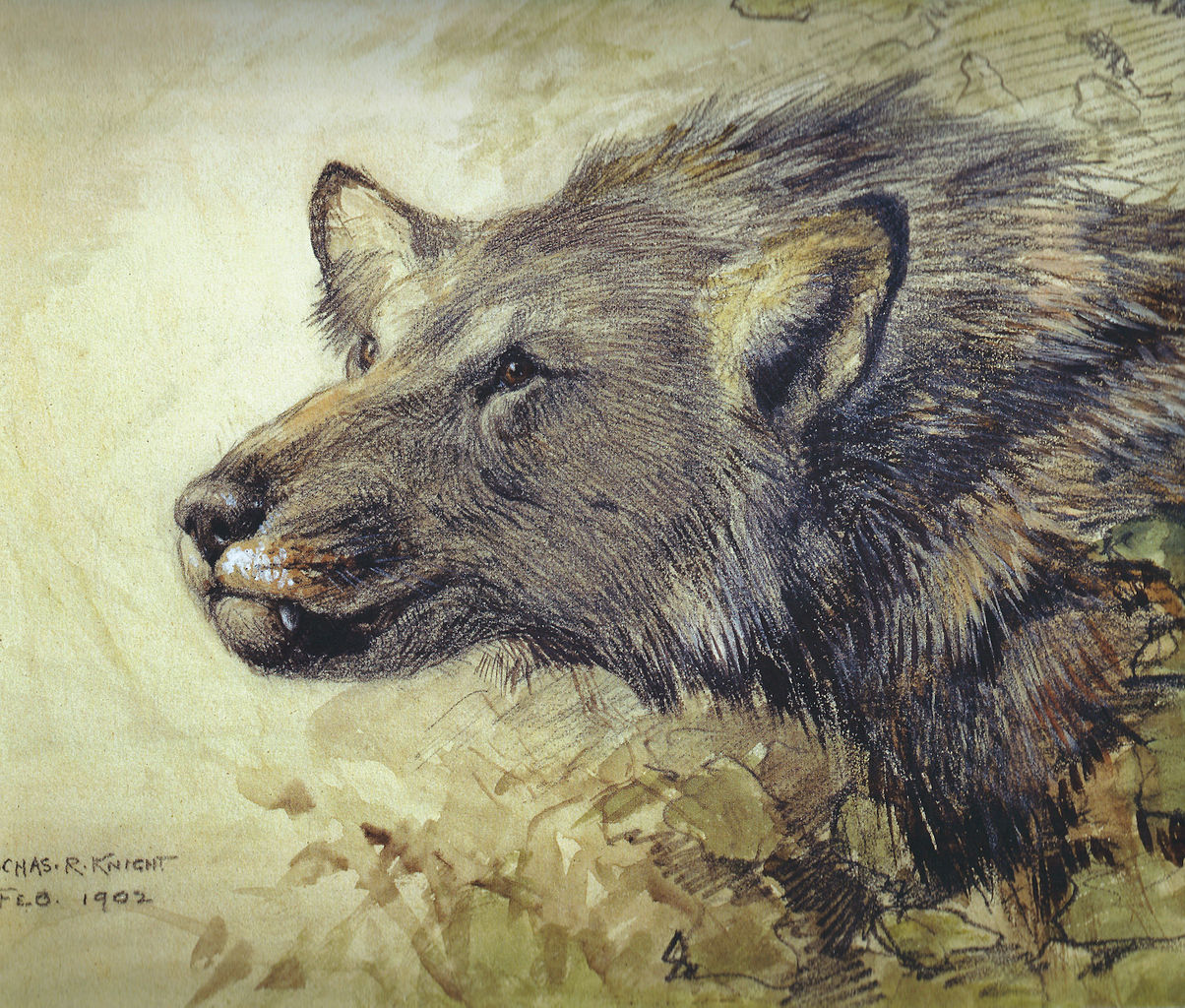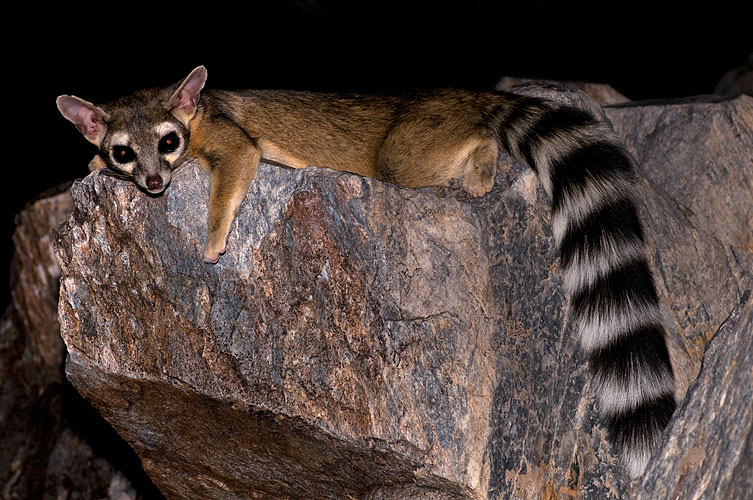|
Dove Spring Formation
The Dove Spring Formation (formerly the Ricardo Formation) is a geologic formation in the western Mojave Desert of California. It preserves fossils dating back to the Miocene epoch of the Neogene period. Fossil content Mammals Bats Carnivorans Eulipotyphlans Lagomorphs Proboscideans Rodents Ungulates Reptiles Birds Squamates Testudines Amphibians Fish Plants See also * List of fossiliferous stratigraphic units in California * Paleontology in California Paleontology in California refers to paleontologist research occurring within or conducted by people from the U.S. state of California. California contains rocks of almost every age from the Precambrian to the Recent. Precambrian fossils are pres ... References * Neogene California {{Neogene-stub ... [...More Info...] [...Related Items...] OR: [Wikipedia] [Google] [Baidu] |
Geological Formation
A geological formation, or simply formation, is a body of rock having a consistent set of physical characteristics ( lithology) that distinguishes it from adjacent bodies of rock, and which occupies a particular position in the layers of rock exposed in a geographical region (the stratigraphic column). It is the fundamental unit of lithostratigraphy, the study of strata or rock layers. A formation must be large enough that it can be mapped at the surface or traced in the subsurface. Formations are otherwise not defined by the thickness of their rock strata, which can vary widely. They are usually, but not universally, tabular in form. They may consist of a single lithology (rock type), or of alternating beds of two or more lithologies, or even a heterogeneous mixture of lithologies, so long as this distinguishes them from adjacent bodies of rock. The concept of a geologic formation goes back to the beginnings of modern scientific geology. The term was used by Abraham Gottlob Wer ... [...More Info...] [...Related Items...] OR: [Wikipedia] [Google] [Baidu] |
Mustelidae
The Mustelidae (; from Latin ''mustela'', weasel) are a family of carnivorous mammals, including weasels, badgers, otters, ferrets, martens, minks and wolverines, among others. Mustelids () are a diverse group and form the largest family in the suborder Caniformia of the order Carnivora. They comprise about 66 to 70 species in nine subfamilies. Variety Mustelids vary greatly in size and behaviour. The smaller variants of the least weasel can be under in length, while the giant otter of Amazonian South America can measure up to and sea otters can exceed in weight. Wolverines can crush bones as thick as the femur of a moose to get at the marrow, and have been seen attempting to drive bears away from their kills. The sea otter uses rocks to break open shellfish to eat. Martens are largely arboreal, while European badgers dig extensive tunnel networks, called setts. Only one mustelid has been domesticated; the ferret. Tayra are also kept as pets (although they requ ... [...More Info...] [...Related Items...] OR: [Wikipedia] [Google] [Baidu] |
Eomellivora
''Eomellivora'' is an extinct genus of prehistoric mustelids, closely related to the honey badger, known from Eurasia and North America, and tentatively Africa. It was one of the biggest mustelids ever known, bigger and more hypercarnivorous than the modern wolverine The wolverine (), (''Gulo gulo''; ''Gulo'' is Latin for " glutton"), also referred to as the glutton, carcajou, or quickhatch (from East Cree, ''kwiihkwahaacheew''), is the largest land-dwelling species of the family Mustelidae. It is a muscul .... ''Eomellivora'' was long thought to contain only one species, ''E. wimani'', with Wolsan and Semenov (1996) treating ''E. piveteaui'' as a younger subspecies of ''E. wimani'', but new remains of ''E. piveteaui'' described in 2015 allowed for recognition of ''E. piveteaui'' as distinct from ''E. wimani'', but also treatment of ''E. ursogulo'' (Orlov, 1948) and ''E. hungarica'' Kretzoi, 1942 from the eastern Paratethys region. The placement of the African species ''Eom ... [...More Info...] [...Related Items...] OR: [Wikipedia] [Google] [Baidu] |
Carpocyon
''Carpocyon'' is an extinct genus of the Borophaginae subfamily of canids native to North America. It lived from the Middle to the Late Miocene, 13.6 to 5.3 Ma Mya, existing for approximately . The four species in the genus varied in size, with the largest (''C. webbi'') being about the size of a wolf; all had relatively small teeth, suggesting a diet that was more omnivorous than that of other contemporary borophagines. Species *''Carpocyon compressus'' (syn. ''Cynodesmus cuspidatus''), fossils have been found in Nevada, Nebraska, Colorado, and Kansas. *''Carpocyon limosus'', fossils have been found in Nebraska, Oklahoma, and Florida. *''Carpocyon robustus'', fossils have been found in Arizona, California, Colorado, South Dakota, and Texas. *''Carpocyon webbi'', fossils have been found in Nebraska and New Mexico ) , population_demonym = New Mexican ( es, Neomexicano, Neomejicano, Nuevo Mexicano) , seat = Santa Fe , LargestCity = Albuquerque , LargestMetro = Tiguex , ... [...More Info...] [...Related Items...] OR: [Wikipedia] [Google] [Baidu] |
Chanac Formation
The Chanac Formation is a Cenozoic Era sandstone geologic formation in the southeastern San Joaquin Valley, within Kern County, California.USGS.gov: "The Kern River Formation, Southeastern San Joaquin Valley, California" Geological Survey Bulletin 1529-D; By J. Alan Bartow and Gardner M. Pittman; United States Government Printing Office, Washington, D.C.; 1983 (with map on pg. D4). Geology The Kern River Series is divided into the lower Chanac Formation unit, and the upper Kern River Beds Formation unit, with the wedge of the |
Santa Margarita Formation
The Santa Margarita Formation is a Neogene Period geologic formation in the San Joaquin Valley of central California. It preserves fossils dating back to the Miocene epoch. See also * List of fossiliferous stratigraphic units in California * Paleontology in California Paleontology in California refers to paleontologist research occurring within or conducted by people from the U.S. state of California. California contains rocks of almost every age from the Precambrian to the Recent. Precambrian fossils are pres ... Fossils of Los Angeles References External links * * Geologic formations of California Miocene California Phosphorite formations Geography of the San Joaquin Valley Geology of Kern County, California {{California-geologic-formation-stub ... [...More Info...] [...Related Items...] OR: [Wikipedia] [Google] [Baidu] |
Borophaginae
The extinct Borophaginae form one of three subfamilies found within the canid family. The other two canid subfamilies are the extinct Hesperocyoninae and extant Caninae. Borophaginae, called "bone-crushing dogs", were endemic to North America during the Oligocene to Pliocene and lived roughly 34—2.5 million years ago, existing for about . Origin The Borophaginae descended from the subfamily Hesperocyoninae. The earliest and most primitive borophagine is the genus ''Archaeocyon'', which is a small fox-sized animal mostly found in the fossil beds in western North America. The borophagines soon diversified into several major groups. They evolved to become considerably larger than their predecessors, and filled a wide range of niches in late Cenozoic North America, from small omnivores to powerful, bear-sized carnivores, such as ''Epicyon''. Species There are 66 identified borophagine species, including 18 new ones that range from the Orellan to Blancan ages. A phylogenetic anal ... [...More Info...] [...Related Items...] OR: [Wikipedia] [Google] [Baidu] |
Borophagus Littoralis
''Borophagus littoralis'' ("coastal glutton") is an extinct species of the genus ''Borophagus'' of the subfamily ''Borophaginae'', a group of canids endemic to North America from the early Miocene epoch (23.3 Mya) through the Pliocene epoch (4.9 Mya). ''Borophagus littoralis'' existed for approximately . Overview ''Borophagus littoralis'' was named by Cope in 1892 and is considered synonymous with ''Osteoborus diabloensis''. ''Borophagus littoralis'', like other Borophaginae, are loosely known as "bone-crushing" or "hyena-like" dogs. Though not the most massive borophagine by size or weight, it had a more highly evolved capacity to crunch bone than earlier, larger genera such as ''Epicyon'', which seems to be an evolutionary trend of the group (Turner, 2004). During the Pliocene epoch, ''Borophagus'' began being displaced by ''Canis'' genera such as ''Canis edwardii'' and later by ''Canis dirus''. Early species of ''Borophagus'' were placed in the genus ''Osteoborus'' until rec ... [...More Info...] [...Related Items...] OR: [Wikipedia] [Google] [Baidu] |
Borophagus
''Borophagus'' ("gluttonous eater") is an extinct genus of the subfamily Borophaginae, a group of canids endemic to North America from the Middle Miocene epoch through the Early Pleistocene epoch 12—1.8 Mya. Evolution ''Borophagus'', like other borophagines, are loosely known as "bone-crushing" or " hyena-like" dogs. Though not the most massive borophagine by size or weight, it had a more highly evolved capacity to crunch bone than earlier, larger genera such as ''Epicyon'', which seems to be an evolutionary trend of the group (Turner, 2004). During the Pliocene epoch, ''Borophagus'' began being displaced by other ''Canid'' species such as ''Canis edwardii'' and later by ''Aenocyon dirus''. Early species of ''Borophagus'' were placed in the genus ''Osteoborus'' until recently, but the genera are now considered synonyms. Description Typical features of this genus are a bulging forehead and powerful jaws; ''Borophagus'' has been considered to be probably a scavenger by paleonto ... [...More Info...] [...Related Items...] OR: [Wikipedia] [Google] [Baidu] |
Procyonidae
Procyonidae is a New World family of the order Carnivora. It comprises the raccoons, ringtails, cacomistles, coatis, kinkajous, olingos, and olinguitos. Procyonids inhabit a wide range of environments and are generally omnivorous. Characteristics Procyonids are relatively small animals, with generally slender bodies and long tails, though the common raccoon tends to be bulky. Because of their general build, the Procyonidae are often popularly viewed as smaller cousins of the bear family. This is apparent in their German names: a raccoon is called a ''Waschbär'' (washing bear, as it "washes" its food before eating), a coati is a ''Nasenbär'' (nose-bear), while a kinkajou is a ''Honigbär'' (honey-bear). Dutch follows suit, calling the animals ''wasbeer'', ''neusbeer'' and ''rolstaartbeer'' respectively. However, it is now believed that procyonids are more closely related to mustelids than to bears. Procyonids share common morphological characteristics including a shortened ... [...More Info...] [...Related Items...] OR: [Wikipedia] [Google] [Baidu] |
Bassariscus
''Bassariscus'' is a genus in the scientific classification, family Procyonidae. There are two extant species in the genus: the ring-tailed Cat, ring-tailed cat or ringtail (''B. astutus'') and the cacomistle (''B. sumichrasti''). Genetic studies have indicated that the closest relatives of ''Bassariscus'' are raccoons, from which they diverged about 10 million years ago in the Tortonian Age of the Miocene. The two lineages of ''Bassariscus'' are thought to have separated after only another two million years, making it the extant procyonid genus with the earliest diversification. Later diversification in the genus in the Pliocene and Pleistocene saw the emergence of two extinct species, ''Bassariscus casei'' and ''Bassariscus sonoitensis'', respectively. Due to the more digitigrade stance of their legs compared to the plantigrade stance of other members of Procyonidae, some taxonomies place the genus as a separate family, ''Bassaricidae.''. The name is a Greek word for fox ("bassari ... [...More Info...] [...Related Items...] OR: [Wikipedia] [Google] [Baidu] |




.jpg)

_(white_background).jpg)
